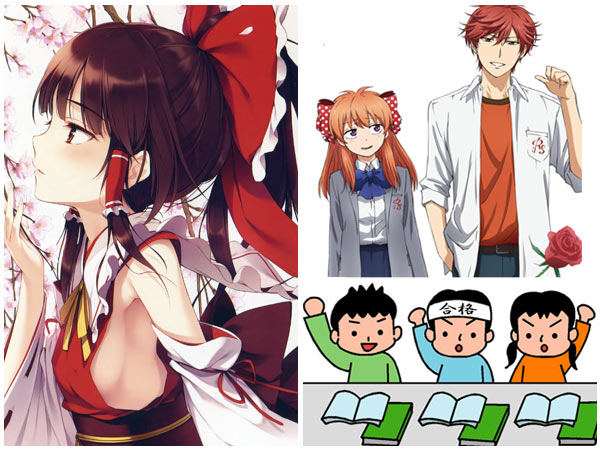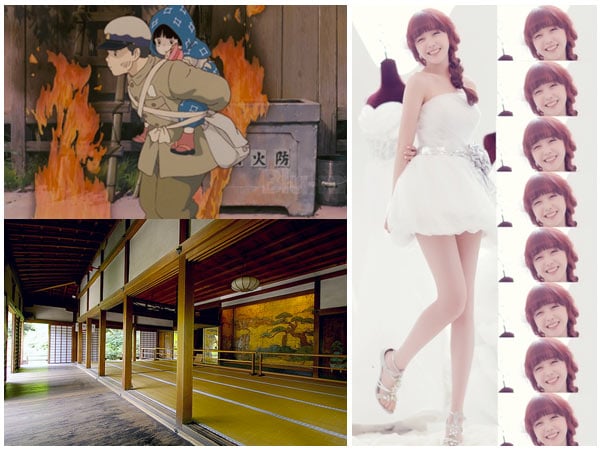
I love to look at the ways language and culture are intertwined, allowing us to learn about one as we explore the other. For example, the terms senpai and kohai, senior and junior member of a school or organization, tell us something of the “vertical” nature of Japanese relationships, and if you pay attention to anime or dramas you can hear how the language one group uses with the other is quite different. Kohai will speak using verb forms and pronouns that are more formal-sounding and will always be first to voice greetings, while senpai will speak more informally and will never notice you. One word you hear almost daily in Japan is 頑張る ganbaru, which can be translated as to work hard or to do one’s best. It usually takes the form of a request, 頑張ってください ganbatte kudasai, or a command, 頑張れ! ganbare! More than just a word declaring a person’s intention to apply themselves and persevere in their lives, it’s almost the default state that everyone in Japan – employees in a company, students studying for university exams, politicians trying to appeal to local voters –- is expected to maintain. This hardworking spirit is definitely one of my favorite things about the Japanese people.
The Japanese are fond of assigning titles to certain days, often based on phonetics. For example February 22 is 猫の日 neko-no-hi or Cat Day in Japan, because 2/22 sounds like nyan nyan nyan to the Japanese, the sound of a cat meowing. March 5th happens to be 巫女の日 miko-no-hi or Shrine Maiden Day, a day to appreciate the red-and-white kimono-wearing females who have become so predominant in Japanese anime and games. Japan, of course, has two main religious traditions: Shinto, which sees 神 kami (gods or spirits) in natural objects like mountains, trees, and rocks, and Buddhism, which was imported through China or Korea (no one is 100% sure which) around the 6th century A.D. and has formed the basis for Japan’s culture ever since. Japanese are very laissez-faire when it comes to religion, and generally mix Shinto and Buddhism freely, sometimes without even knowing which is which until smart-aleck foreigners like me come along and force them to think about it deeply. Japanese tend to turn to Shinto for life-affirming ceremonies like weddings, celebrating newborn babies and wishing for good luck at the start of a new year, and Buddhism for funerals and remembering one’s dead ancestors. This makes Shinto inherently more “fun” and subsequently more likely to be represented in popular culture…which is why you can probably identify a shrine maiden costume but have no idea what a Japanese Buddhist Nun might look like. While shrine maidens are ostensibly there to purify the home of the kami, they often aren’t all that pure. I once found myself drinking with some former students of mine, and a miko-san who’d been sitting nearby came over to say hello. I was amazed at her ribald sense of humor — she definitely was no maiden. Incidentally, J-List has some interesting products for anyone interested in Shrine Maidens and Shinto culture.
J-List and our sister company JAST USA are dedicated to making 2015 the Year of Visual Novels, with the support of our awesome fans. We bought out the epic magic raise-up game Littlewitch Romanesque [official site] at the end of last year, shipped Kana Okaeri ~ Welcome Home Kana, the total remake of one of the best-loved visual novels ever to be translated to English. Next week we’ll finally be bringing our customers the long-awaited Hanachirasu [newly launched official site], the amazing story of swordplay and revenge an alternate Japan in which the U.S. and the Soviet Union both occupied part of the Japanese islands after WWII. This is your last chance to preorder the game before it ships next Tuesday. Get your order in now!
















